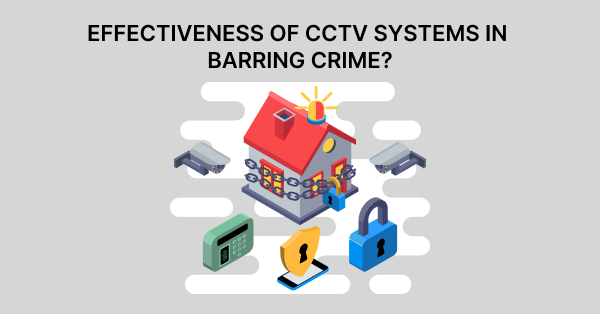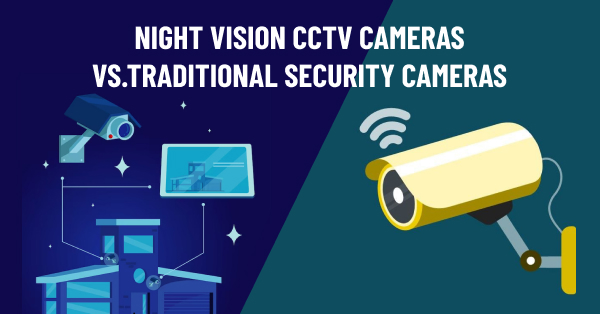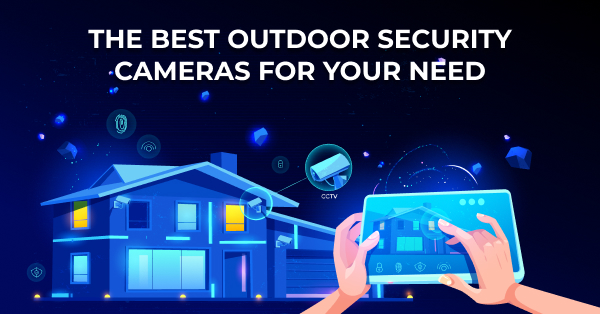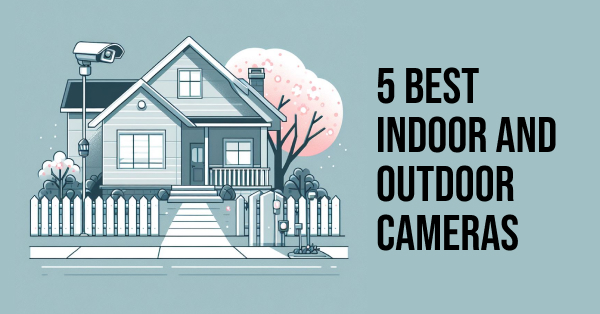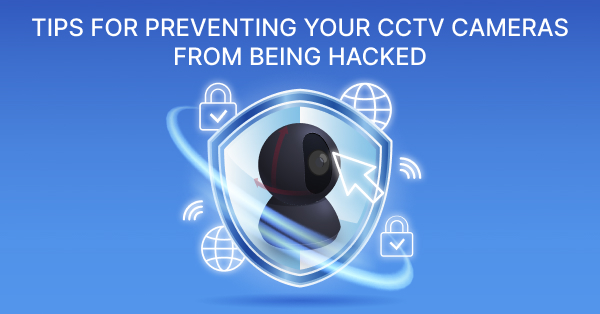
Tips for Preventing CCTV Camera Hacking | Secure by CCTV
Introduction
CCTV camera security is becoming increasingly necessary in today’s world, where safety and security are top priorities. CCTV cameras are crucial for monitoring locations and deterring criminal activity, protecting both people and property. CCTV cameras are not impervious to attacks, though. Unauthorized access to CCTV cameras can allow hackers to compromise people’s privacy, security, and property. It is essential to take precautions against these threats, such as securing networks, disabling remote access, using strong passwords and firmware, and monitoring cameras for unusual activity. To maintain your security, privacy, and peace of mind, it’s imperative that you keep your CCTV cameras protected from unwanted access.
Choose Secure Cameras
It is essential to choose reliable and trustworthy brands that put quality, dependability, and customer satisfaction first when choosing a CCTV camera brand. When assessing CCTV camera brands, keep the following things in mind:
- Reputation: Seek out companies with solid standing within the sector. Think about companies with a reputation for providing top-notch goods and first-rate customer support.
- Experience: Businesses that have been in the CCTV camera business for a long time are probably more knowledgeable about the complexities of the technology. More reliability and improved product performance are frequently the results of this experience.
- Product Quality: Verify that the brand sells CCTV cameras with strong construction, long-lasting parts, and exceptional build quality. Seek out brands that adhere to certifications and industry standards, which signifies their dedication to quality control.
- Features and Technology: Think about the features and capabilities the brand offers. Seek for brands that remain current with the newest developments in CCTV camera technology, such as the ability to view images at high resolution, see in the dark, detect motion, and grant remote access.
- Customer Reviews and Feedback: Examine customer opinions regarding the brand’s goods and services. You can learn a lot about the general level of satisfaction and the effectiveness of CCTV cameras by looking into the actual experiences of other customers.
- Warranty and Support: Verify that the company provides a thorough warranty and dependable customer service. Reputable brands will offer the support required for installation, troubleshooting, and any potential technical problems.
- Cost and Value for Money: Evaluate the features and quality of CCTV cameras from various brands while comparing their prices. Strive for a balance between value for money and affordability.
Change Default Settings and Passwords
Regularly Update Firmware
Secure Network Connection
Enable Encryption
Enable encryption is one of the most important steps in preventing hacking attempts on CCTV cameras. The communication between the camera and the linked devices is securely encoded thanks to encryption, which makes it very difficult for unauthorized people to intercept and decode the data being transferred. When utilizing encryption protocols like HTTPS (Hypertext Transfer Protocol Secure) to access the camera’s web interface remotely, users should prioritise it. This guarantees that all information transferred between the user’s device and the camera is encrypted and shielded from any possibility of manipulation or eavesdropping. It’s also crucial to enable encryption for wireless connections. For Wi-Fi networks, using protocols like WPA2 or WPA3 adds a layer of security to thwart unauthorized access to the camera feed. By turning on encryption, users can considerably increase the security of their CCTV system and make it more difficult for hackers to access or alter the recorded video.


